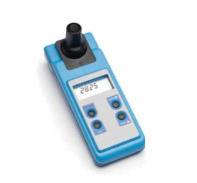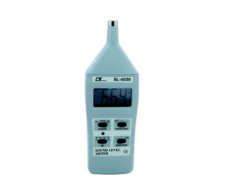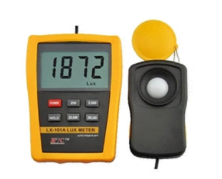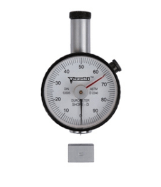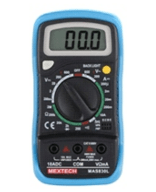Portability (in most models)Compact and lightweight design makes it easy to carry and use in various situations.
This table highlights the key functionalities and benefits of a Breath Alcohol Meter (Breathalyzer). It emphasizes its ability to estimate Blood Alcohol Content (BAC) through breath analysis, provide intoxication indication (in most models), portability (in most models), and non-invasive measurement (in most models). It also highlights the limitations to consider, such as estimated readings, accuracy variations, and not being intended for legal BAC determination.
| Feature | Benefit |
|---|---|
| Breath Alcohol Concentration (BrAC) Estimation | Estimates the Blood Alcohol Content (BAC) by analyzing the amount of alcohol present in a breath sample. |
| Indication of Intoxication (in most models) | Provides an indication of potential intoxication based on the BrAC reading, often with color-coded displays or audible alerts (depending on model). |
| Non-invasive (in most models) | Provides a quick and non-invasive method for estimating BAC compared to blood tests. |
| Limitations (to Consider) | |
| Estimates, Not Exact Measurements | Breathalyzer readings are estimates and may not perfectly reflect core blood alcohol content due to factors like recent food intake or medications. |
| Accuracy Variations (depending on model) | Accuracy can vary between models, and some may require periodic calibration for optimal performance. |
| Not for Legal Use (in most cases) | Law enforcement uses more precise instruments for legal BAC determination. Breathalyzers are often for personal awareness or self-screening purposes. |



